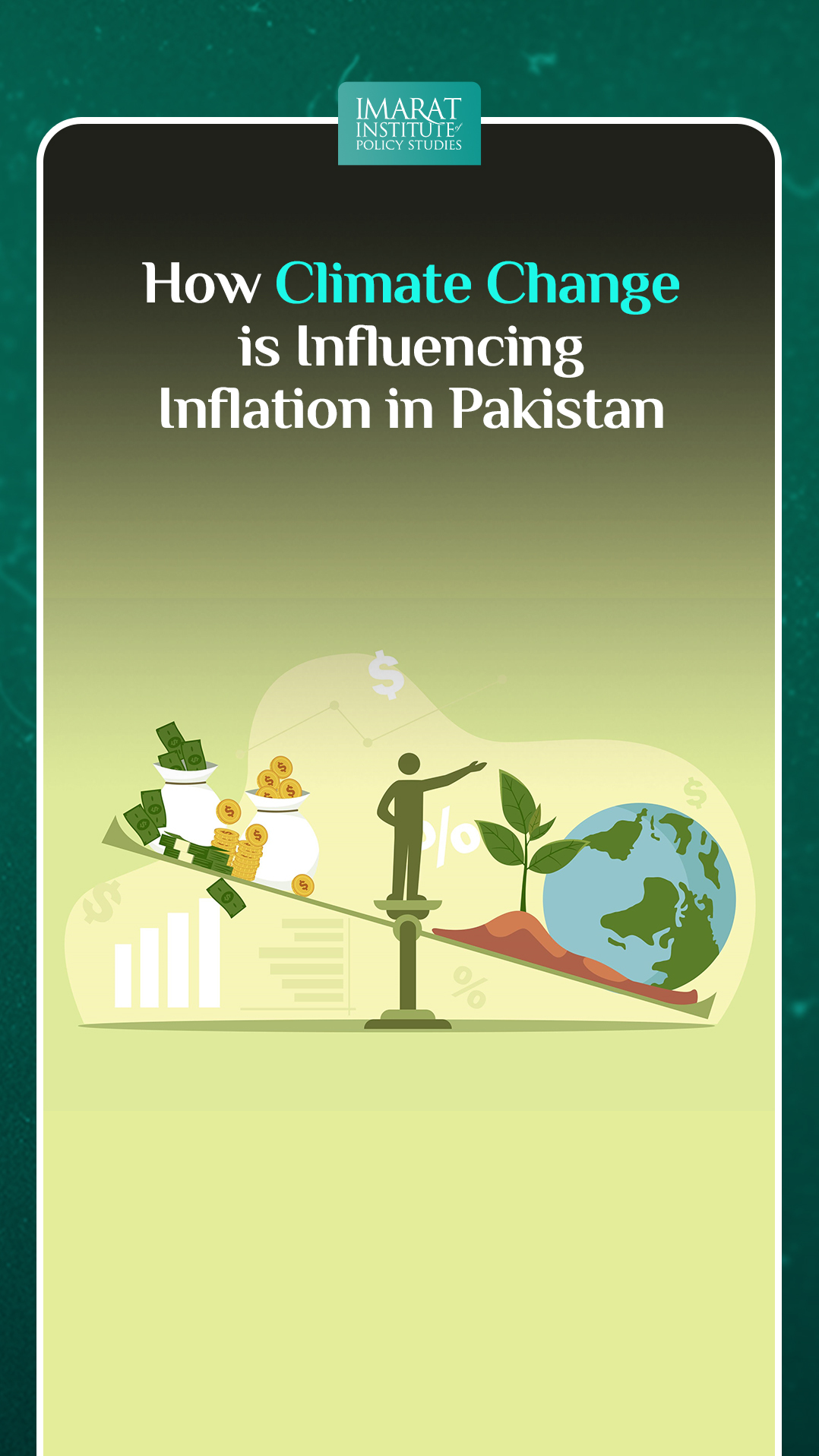In Pakistan, a nexus of socio-economic challenges and environmental vulnerabilities, the impact of climate change on inflation is not just a topic of academic interest but a lived reality for millions. As this South Asian nation grapples with the multifaceted effects of global warming, the relationship between climate change and inflation emerges as a critical concern, warranting a detailed exploration to understand its nuances, implications, and potential solutions.
The Agricultural Dilemma: Climate Change and Crop Yields
Central to Pakistan’s struggle with inflation in the face of climate change is its agriculture sector. Agriculture not only forms the backbone of the economy, contributing significantly to the GDP and employing a vast majority of the population but also serves as the primary source of food production in the country. The adverse effects of climate change, from unpredictable monsoon patterns causing floods to prolonged droughts, directly impact crop yields, particularly of staple foods like wheat, rice, and maize. For example, an unexpected early onset of monsoon rains can lead to flooding, destroying crops ready for harvest, while delayed rains can affect the sowing of crops, both scenarios leading to a reduced supply in the market. The resultant scarcity pushes up prices, leading to food inflation, which hits the urban and rural poor the hardest, as they spend a larger portion of their income on food.
Energy Insecurity: A Catalyst for Inflation
Another critical arena where climate change fuels inflation is the energy sector. Pakistan’s reliance on hydroelectric power, which accounts for a significant portion of its energy production, makes it particularly susceptible to the whims of climate variability. Reduced glacial melt and erratic rainfall patterns diminish river flows, impacting hydroelectric power generation. To compensate, Pakistan turns to imported fossil fuels, a move that not only strains the country’s foreign exchange reserves but also introduces additional cost pressures that trickle down to consumers in the form of higher energy prices. This situation is exacerbated when global oil prices are volatile, often due to climate change-induced natural disasters affecting oil production and supply chains, further fuelling inflationary pressures in Pakistan.
Water Scarcity: The Invisible Economic Strain
Water scarcity in Pakistan, exacerbated by climate change, adds another layer of complexity to the inflation equation. As agricultural practices and certain industries rely heavily on water, diminishing water resources translate to increased production costs. These increased costs, borne by industries such as textiles – a significant export of Pakistan – not only affect the competitive edge of Pakistani products in the global market but also result in higher prices for local consumers. Moreover, the cost of securing water for daily use escalates, impacting households directly and contributing to the overall cost of living, thereby fuelling inflation further.
The Socio-Economic Impact and the Policy Conundrum
The inflationary pressures driven by climate change have profound socio-economic implications. For the average Pakistani, rising costs of food, energy, and water mean a direct hit to their quality of life, with the poorest communities facing the brunt of these impacts. This scenario not only exacerbates existing inequalities but also poses significant challenges for social stability and economic growth.
Policy responses to this complex challenge need to be multifaceted and forward-looking. Traditional monetary policies aimed at controlling inflation, such as adjusting interest rates, may not be wholly effective against the supply-side shocks induced by climate change. Instead, a combination of targeted subsidies for vulnerable populations, investment in climate-resilient agricultural technologies, and diversification of energy sources could offer some relief. Moreover, comprehensive water management strategies that include both conservation efforts and infrastructure development for efficient water usage are essential.
Looking Ahead: Strategies for Mitigation and Adaptation
As Pakistan looks to the future, the need for robust strategies to mitigate the impacts of climate change on inflation becomes increasingly apparent. This entails not only immediate policy adjustments but also long-term planning that integrates climate resilience into economic and development frameworks. International cooperation and access to climate finance and technology will be crucial in supporting Pakistan’s efforts. Additionally, fostering public-private partnerships for investments in renewable energy, sustainable agriculture, and water conservation can drive innovation and adaptation across sectors.
Conclusion
the interplay between climate change and inflation in Pakistan highlights the urgent need for comprehensive, integrated approaches that address immediate economic pressures while building long-term resilience. As the global community moves towards addressing climate change, Pakistan’s experience underscores the importance of economic policies that are adaptive, inclusive, and sustainable, ensuring that the nation can navigate the challenges of climate-induced inflation while fostering economic stability and social well-being.
This article is written by Radma Nouman. Radma is a research analyst at the Iqbal Institute of Policy Studies (IIPS).



Leave a Reply